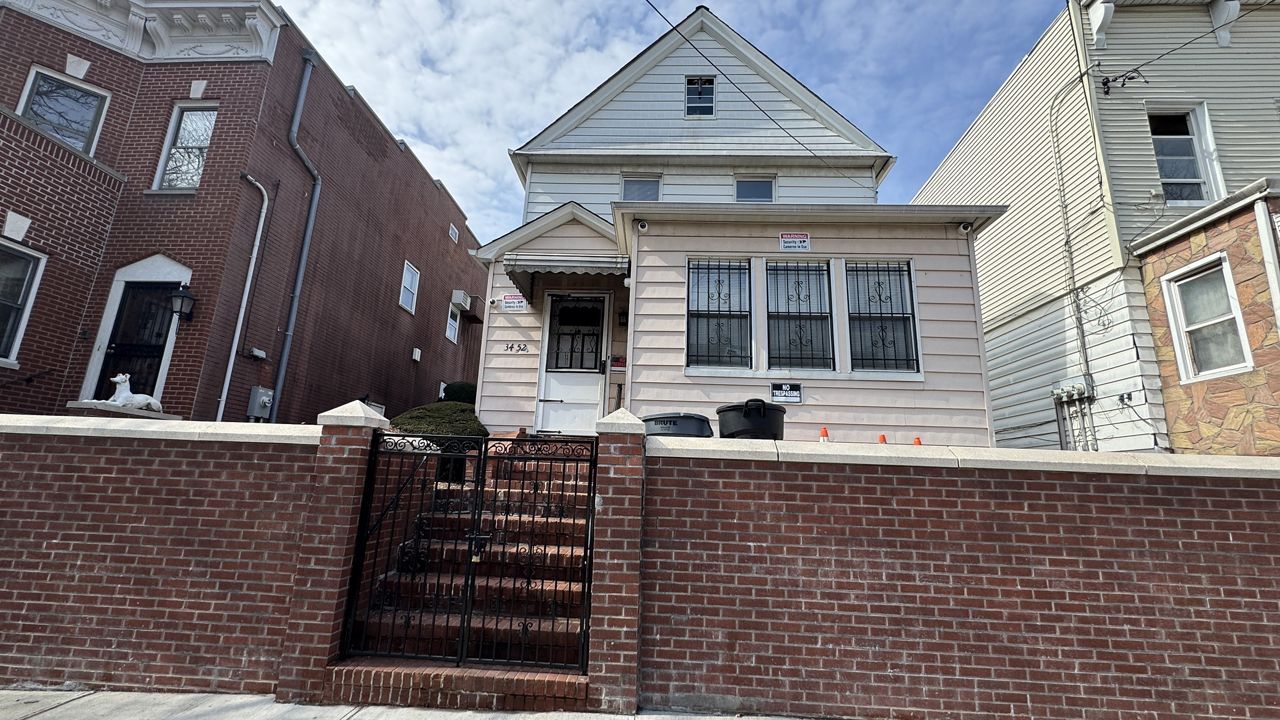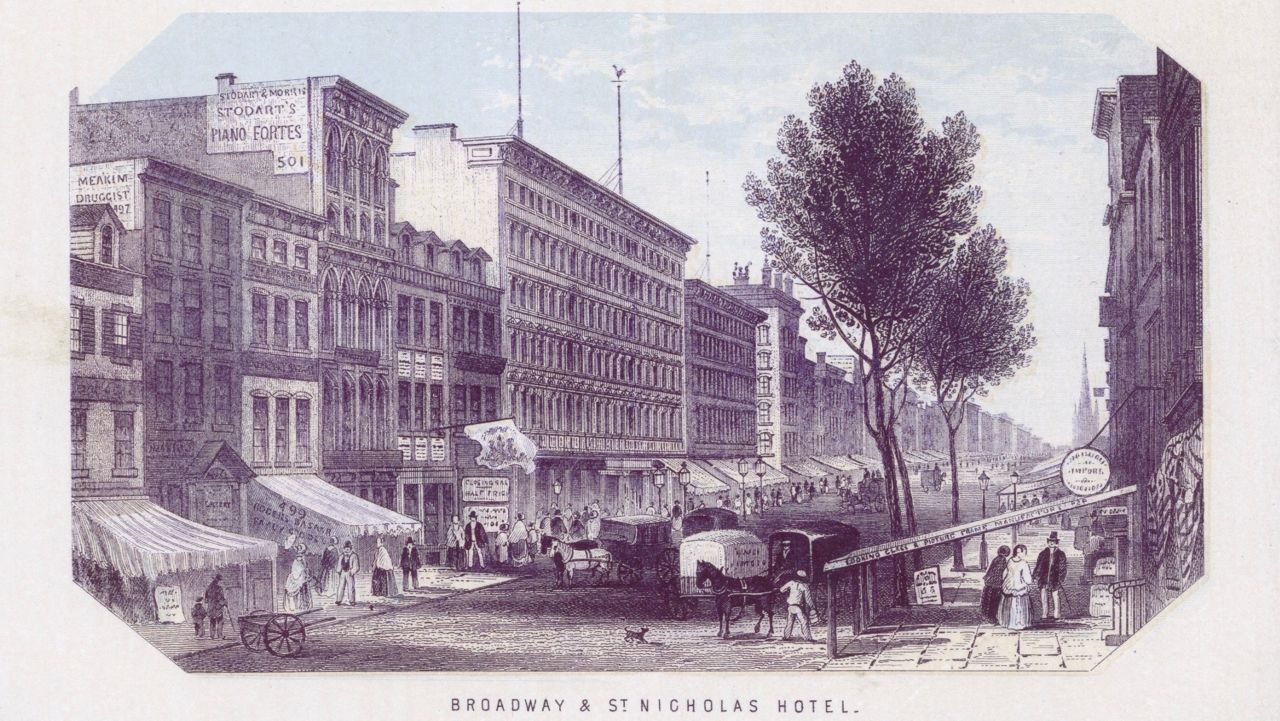Nestled at the corner of Remsen and Clinton streets in Brooklyn Heights stands an unassuming apartment building with a storied past.
Long before its construction, the site was home to the Hamilton Club, later renamed the Remsen House by its owner, a wealthy Black businesswoman and abolitionist named Elizabeth Gloucester.
What You Need To Know
- “More Than A Brook: Brooklyn Abolitionist Heritage Walk” is a three-part audio experience commissioned by the New York City Landmarks Preservation Commission
- The walking tour travels through three Brooklyn historic districts with a heavy concentration of sites connected to abolitionist history and the Underground Railroad
- The tour includes Plymouth Church, where people would travel from all over to hear abolitionist minister Henry Ward Beecher
"Her story was too important to not include, because she is a wealthy Black woman at the end of the 1800s who is able to be connected to people like Frederick Douglass and John Brown, and doing it at a time when she didn't even have suffrage," said Kamau Ware, founder of Black Gotham Experience.
Gloucester's story is just one of many highlighted in "More Than A Brook: Brooklyn Abolitionist Heritage Walk," a three-part audio experience commissioned by the New York City Landmarks Preservation Commission.
The walking tour travels through three Brooklyn historic districts with a heavy concentration of sites connected to abolitionist history and the Underground Railroad.
"As we think about this neighborhood and this section of Brooklyn being a place where there were white and Black abolitionists, where there were freedom seekers who were escaping slavery, we also know that churches were a big part of that fight," said Sarah Carroll, chair and commissioner of the Landmarks Preservation Commission.
The tour includes Plymouth Church, where people would travel from all over to hear abolitionist minister Henry Ward Beecher. Abraham Lincoln famously attended services there too. There are nearly 20 stops on the three-hour tour from the waterfront into the neighborhoods of Brooklyn.
"It's important to be open to work with a range of parties the same way abolition happened in New York. People had different perspectives and positions, but they had a common goal, and now I think the common goal is to make sure people don't come to New York City and think that it somehow was separate from slavery in the North, when New York City's sole purpose was to be part of the slave trade," said Ware, who co-created the experience.
For more information and to hear these compelling stories, visit the Landmarks Preservation Commission's website.




_PKG_BK_Abolitionist_Walk_CG_130133340_3675?wid=320&hei=180&$wide-bg$)




_PKG_American_Irish_Historical_Society_CG_133624654_1029)